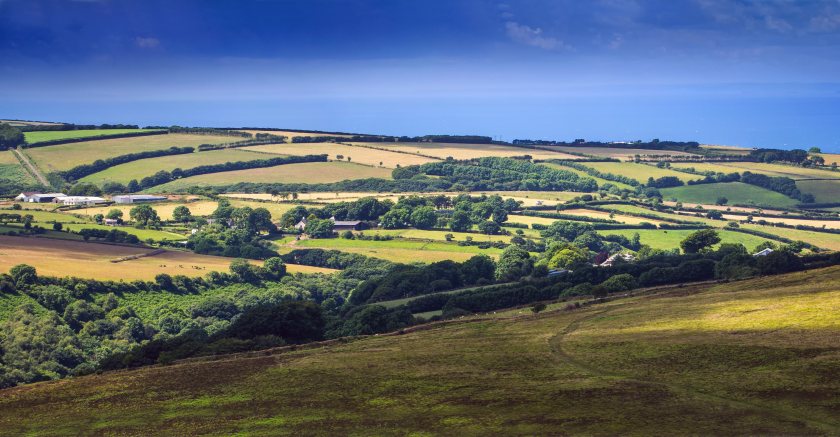
The price of agricultural land in England is very variable, with arable land values ranging from £6,500/acre to a high of £17,000/acre during the first six months of the year.
Strutt & Parker's latest analysis shows that the average sale price of arable land was £11,000/acre in the first half of 2024, which remains close to record levels.
However, values can vary significantly, even within a relatively small geographic area, it says, with a combination of increased supply and a levelling off in demand having an impact.
The figures are included in the property firm's Farmland Database, which records the sale of all farms, estates and blocks of publicly marketed land in England over 100 acres in size.
Sam Holt, head of farm agency for Strutt & Parker, said the overall picture was positive with farmland prices proving highly resilient, despite challenges like higher interest rates and lower farm profitability.
He said: “You can see the resilience in both arable and pasture prices. For example, over 70% of sales of arable land have been at £10,000/acre or more in the past three years.
"Before then, 70% of sales were for below £10,000/acre. For pasture, a third of sales are over £10,000/acre, compared with less than 10% of sales before 2022."
However, Strutt & Parker's analysis, published today (11 July), shows that the signs of demand levelling are becoming more evident.
The proportion of farms sold or under offer is falling and the proportion selling at, or for more than, their asking price has also fallen back from their peak levels in 2021 and 2022.
Mr Holt continued: "The market is more location driven than it has been recently, which means that although we continue to see many properties flying out of the door for premium prices, others are taking longer to sell.”
The database shows that more farmland has been publicly marketed in England during the first half of the year than in any year since 2012.
In total, 59,800 acres have been launched so far in 2024, which is 35% higher than the five-year average and 23% higher than during the equivalent period in 2023.
“This sounds like a dramatic increase, but this is a year where lots of launches have been concertinaed into a relatively short window," Mr Holt said.
"A number were delayed because of the bad weather in the spring, while others were brought forward in anticipation of a general election in the second half of the year."
Overall, Strutt & Parker's view is that while the volume of land for sale has risen and buyers have more choice, there is a risk that this becomes overstated because supply has been so low over the past five years.
Rather than indicating a significant exit from the sector, the firm says it feels more like a return to more ‘normal’ volumes of land coming forward.
"Our expectation is also that supply may well ease back slightly over the next few months," Mr Holt explained.
Looking ahead, given the continued pressures on the farming industry, demand from farmer buyers is likely to continue to be variable.
However, the analysis shows that there remains enough other buyers in the market to avoid any significant downwards pressure on values.
According to Mr Holt, the big question is whether the new Labour government decides to reform the tax regime.
"Any increase in Capital Gains Tax (CGT), to align rates with income tax, may mean sellers reconsider selling property assets," he said.
"Any changes to the Inheritance Tax (IHT) regime would also have a significant impact on the agricultural land market, although the messaging on this from Labour before the election was that no changes to Agricultural Property Relief (APR) are planned.”
